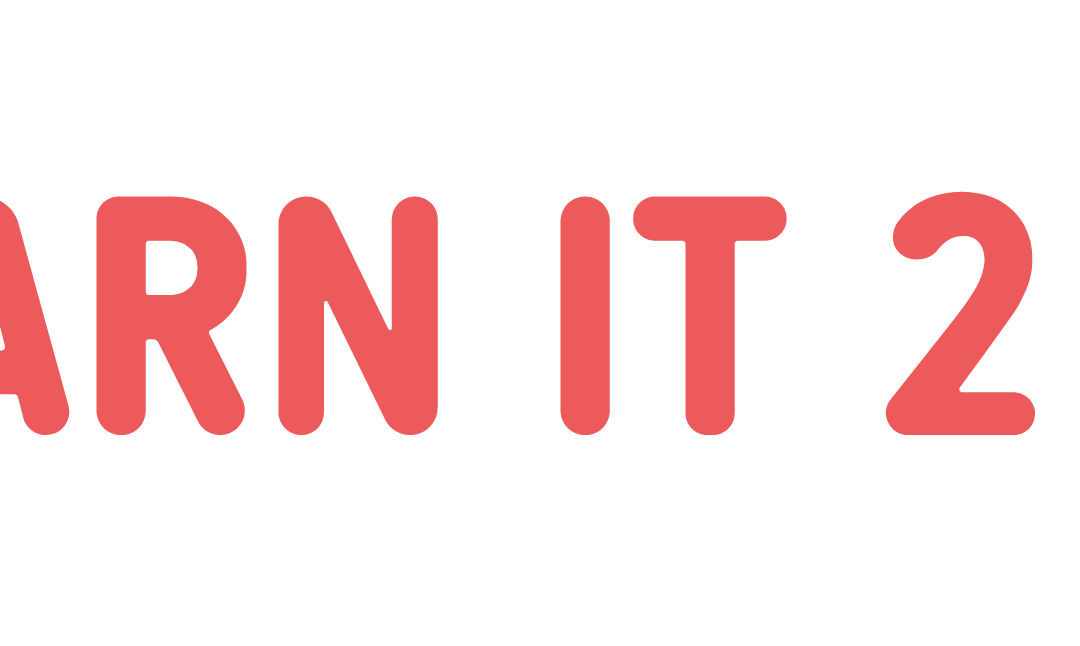The Importance of Purpose
In my experience, there’s one commonly forgotten piece of learning when it comes to young learners: why. It’s a bit strange to think we have to explain ourselves to kids and why they have to learn something. After all, we are adults and we know what is best for our children. However, children see things differently. Children understand when they are being respected and when they are not being respected.Treat a child like a child, and you will find yourself with a rebel. Show them some equality and treat them as if they were individuals with their own opinions, and you’ll find yourself with a way better attitude for success.
If a child is unsure of the purpose of learning something they’re less likely to recall that information in the future. It’s important to reinforce the purpose of what they are learning in terms they can understand, and the first step of that is to make sure you treat them like individuals with their own feelings and ideas. A simple way of doing this is to show them the “why” for something they need to do.
About 6 years ago, I had an unruly classroom of first graders. It was my first time teaching an age group that young and I couldn’t get them to go along with the flow of the lesson, or even encourage participation until I spoke to some colleagues about it. They helped me to establish a goal-oriented learning lesson structure. This goal was part of the “Why” these kids needed, and once I began explaining why they were learning something, their participation shot through the roof. No more classroom disruptions, and almost 100% participation from the class. I pushed this style of lesson design towards all of my future classes in every grade I’ve taught, and I’ve seen the same results in them as well. If it works on a room of 30 kids, it’ll definitely work even better on your kids.
When you are starting something new with your child, always ask yourself: “Why does my child need this?” or “Why does my child have to learn this?”. Odds are if you can’t answer that question, neither can they. Additionally, if you are able to answer the question, think to yourself whether or not your explanation can be applied to and understood by your child.
Let’s take percentages as an example.
There are two types of ways to explain something to your children. The most common one I see parents try is explaining something by how they understand it. The less common one is to explain something by how their children can understand it.
One reason it’s important to learn percentages is to understand tax and the extra amount of money you pay when purchasing something. However, when explaining percentages to your child using taxes, you’ve introduced another new concept to them: taxes. You’ll end up overcomplicating the topic and probably send them further into confusion. This is an example of an adult explaining something by how they understand it.
Now, another way you could explain it: it’s pretty common for your child to have tests in school. If you explain that percentages are how much out of everything they got correct or incorrect is, then it is a relatable and easy to understand example for your children. This is an example of an explanation that can be used for your child because first, it’s relatable to them: they take tests. Second, it’s simple to understand : how much of the whole is defined by something (IE Correct or Incorrect). You can use this as the starting point and can deepen understanding of the concept of percentages by having your kids point out what percentages they see in day to day life, such as in the supermarket and asking them to identify what each percentage represents.
When you take the time to teach your children, it’s important to not just give them a worksheet and say good luck. It’s also important to not just tell them to learn something for the sake of learning. Instead, make sure your child understands what they are learning by adding some of the why they are learning. Part of the responsibility lies on you for encouraging their success by making sure you package what they are learning into something they can relate to and also maybe even take an interest in it. Try it out with your kids and see how their attitudes change!

